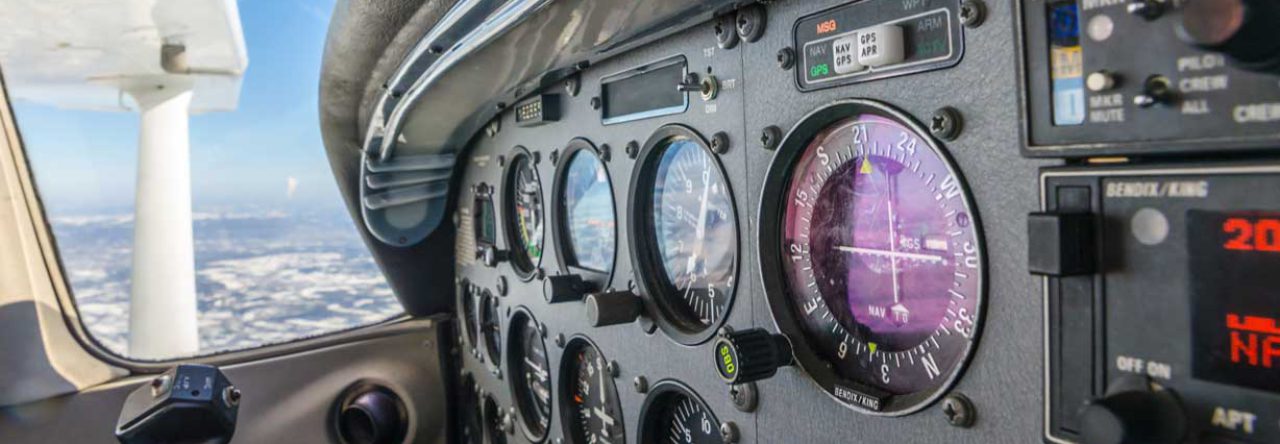Today was another time building flight. I still need a little more hood time and some more cross country before I can start my final checkride prep lessons. Also a whole lot of studying but that is another story.
Todays flight will take us from TTA -> OCW (Washington-Warren) -> CRE (Grand strand) -> TTA. Today’s weather was to be severe clear for most of eastern North Carolina with some scattered clouds starting around noon. On our first leg from TTA to OCW the predictions were correct. Severe clear weather, though I was under the hood to get my hood time in. I didn’t get to enjoy the clear hazy skies.
Once we were on the ground at Washington Warren, we got some fuel, used the restroom and then back in the airplane to head south towards North Myrtle beach. Pretty uninteresting for the most part. I played with the VOR tracking along the Wilmington VOR as we would pass to the west of the terminal area. My safety pilot alerted me to some clouds ahead around 4000′. We were currently at 4500′ but decided to climb to 6500′ to make sure that we would clear them with ease.
A few minutes after we leveled off at 6500′ something interesting occured. The engine ran rough for just a second. Then about 20 seconds later, again a short rough spot. Then again and again. Ok at this point, I have Wilmington international to the left and a small airfield to the right. We have altitude, 6500′, and options. At first I thought, duh, mixture. So I adjusted the mixture but the problem persisted. Next, I thought, ok carb ice? I have never experienced carb ice before and the conditions seem to be right for this phenomena. I turn on the carb heat and saw the expected drop in RPM. The engine roughness disappeared. Ok, weird. I thought that carb ice manifested in a slow rpm decrease over time.
At this point, I told my safety pilot that we were going to head back home. There were no clouds back to the west and we had lots of airfield options. We discussed dropping down to a lower altitude to see if the problem persisted but I chose to keep the altitude we had unless we were forced to give it up.
After a few minutes on route back to TTA, I tried to turn off the carb heat again and before I got the knob fully pushed in, immediate roughness. Odd?
Another thought that crossed my mind was that maybe the air intake vent was somehow clogged. Bird, bug, trash? Carb heat gives you a backup air intake source, that would explain why there was immediate roughness when carb heat was disengaged.
During the next 30 minutes, I would intermittently remove carb heat to see if the roughness persisted and it did.
Assessing the situation: We are at 6500′, gliding distance to 2 airfields and we have airfields lined up the entire route back. Airplane is performing fine with carb heat applied. I made the decision to continue on with the caveat that if anything else seems funny, we make a precautionary landing.
We also made the decision that we would test the carb icing theory by descending down to 4500′ closer to home, within gliding distance of KHRJ. That way if we didn’t like the situation we could be on the ground at Harnett County quickly and safely.
Sure enough, once down to 4500′, I removed the carb heat and everything ran fine the rest of the trip. I made a point to talk with our chief flight instructor and my IFR instructor to make sure that I was approaching the situation in a sane and safe manner. This was a learning opportunity and just because things turned out fine, doesn’t mean there isn’t a ton to learn from it, good or bad. I wanted to debrief and make sure there wasn’t something else that I could have done better.
I had sufficient power, I had altitude and I had options. In the end, I made safe logical decisions. The lesson here is that you should rely on your training, work the problem and go through your options. I’m sure some will look at this and say, “Pfftt, that is nothing, this one time…..”. When you’re a relatively low time pilot, events like this, no matter how small, test your training. Hopefully, I added a little bit more to my experience bucket and didn’t lose too much from my luck bucket.
Today’s flight had a tiny bit of nerves for a bit but I got to fly and I learned something valuable.

